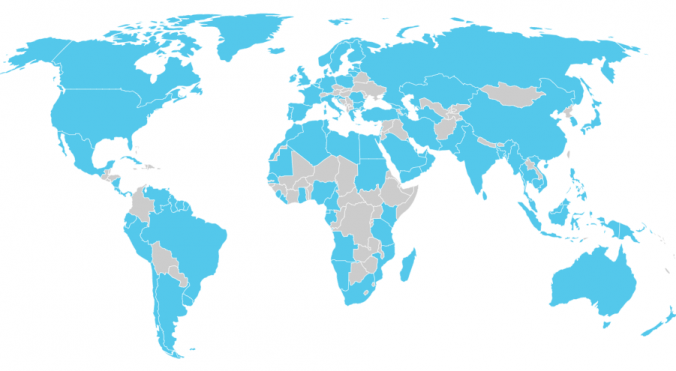
Sea Alarm’s Country Wildlife Response Profiles: Updates and a new look
Sea Alarm are pleased to announce that our Country Wildlife Response Profiles (CWRPs) went through a format revamp last year and the 16 CWRPs updated in 2021 integrate these improvements. The new format is more user-friendly and includes new sections dedicated to:
- main coastal/marine habitats and ecosystems in the country
- main coastal/marine protected areas, biodiversity hotspots areas in the country
- main coastal/marine species under threat in case of an oil spill, including an appendix listing threatened species according to IUCN (Vulnerable to extinction, Endangered or Critically Endangered)
- international and regional Treaties/Agreements with regards to Oil spill and HNS spill Response as well as Marine Biodiversity Protection
The CWRPs updated in 2021 are Bangladesh, Canada, Ecuador, India, Kenya, Madagascar, New Zealand, Russian Federation (Baltic Sea), Russian Federation (Black Sea), Russian Federation (Caspian Sea), South Korea, Sudan, Tanzania, Thailand, Turkmenistan and Yemen.
In total, Sea Alarm’s CWRP Database contains 108 profiles, which are freely available to all stakeholders involved in spill incidents, including governmental authorities, industries, non-governmental organisations and scientific institutions. The CWRPs are designed primarily to provide crucial information regarding the level of a country’s preparedness to deal with an oil spill incident that involves marine wildlife.
Sea Alarm began compiling CWRPs in 2006 and will continue to do so in the future. Our objective is to cover all coastal countries around the globe, providing state-of-the-art information regarding oiled wildlife response preparedness.
You can access the CWRPs via the following link: https://www.sea-alarm.org/publications/country-wildlife-response-profiles/

